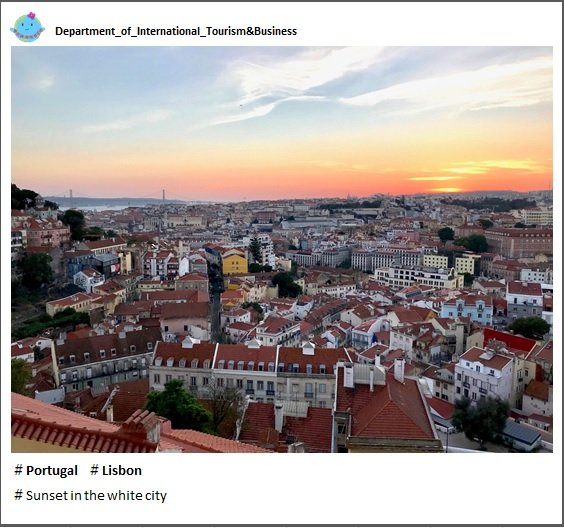



#旅stagram⑥ ~シン・世界のまちの楽しみ方
2023.11.16
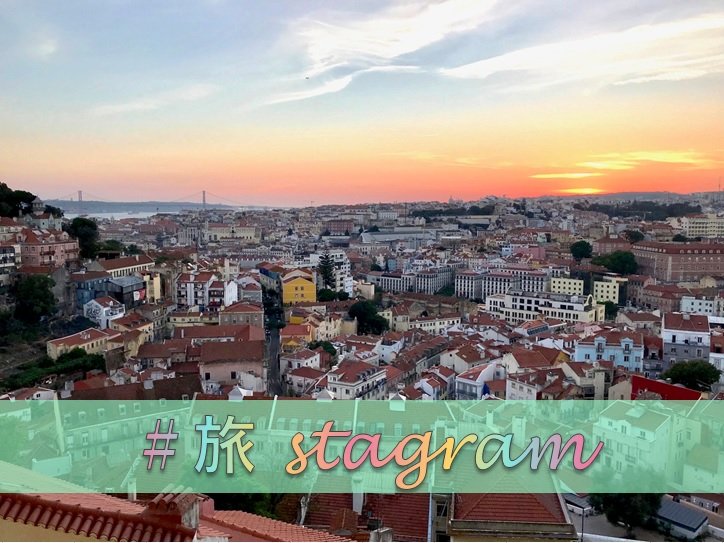
第6回目はロマォン先生の故郷・ポルトガルにある思い出の都市・リスボンに焦点を当て、観光経済・マネジメントの視点からのまちの楽しみ方をご紹介します。ヨーロッパで最も西にある首都、美しい情緒あふれるリスボンへご招待します。

Lisbon, Portugal's shining capital, perches on the westernmost edge of Southern Europe. It's not where my life began, but it is where it blossomed -- I've lived there longer than anywhere else. It was where I completed my under graduate and continued to a Master's degree in Economics. My career of over a decade unfolded there, and it's where I built lasting friendships. Although I moved to Japan, Lisbon remained a constant in my life through annual visits until the Covid-19 travel restrictions broke that streak. In the summer of 2023, I was finally able to return, and it was a first: introducing my daughter to the city and to my circle of friends.
Lisbon is often referred to as the "White City," a nod to the unique, radiant sunlight that bathes the city's white walls nearly year-round. Its warmth is matched by its rich historical fabric, stretching back to its Roman period moniker, "Olissipo," over two millennia ago. But the city's historical significance predates even Rome, with the Phoenicians and Carthaginians leaving their mark on its cultural foundations.
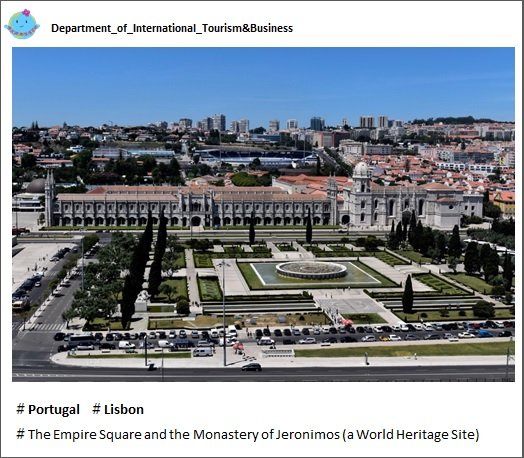
As history marched on, Lisbon grew to prominence during the Age of Discovery, especially in the 16th century, becoming one of Europe's most vital cities. It was a time when Lisbon's fortunes soared with Portugal's rise as a dominant maritime and trading power, its prosperity entwined with the exploits of seafarers like Vasco da Gama and Ferdinand Magellan. It was from Lisbon that navigators set sail, charting courses to Asia, Africa, and the Americas, making Portugal the first European power to reach Japan. In this golden age, Lisbon was at the centre of a multi-continental empire, ruling over diverse colonized countries, controlling their resources, and developing a hub of wealth and cosmopolitan culture.
The city that greeted me in 2023 was a far cry from the one I knew in the mid-1990s. Back then, the city center was a tangle of traffic, pollution, and chaos. Now, thanks to sweeping urban renewal efforts -- part of preparations for grand events like the Universal Expo 1998 and the European Football Cup 2004 -- Lisbon has been transformed. Pedestrian areas now sprawl where cars once ruled, public transport options have multiplied, and road networks on the periphery have been enhanced, all contributing to a more livable and environmentally friendly urban space.
With these infrastructural transformations, tourism has flourished. Visitors now find a city steeped in cultural heritage, convenient transportation, walkable tourist districts, enviable weather, and a vibrant Mediterranean cuisine. Aside from the pandemic years, tourism has been on a relentless ascent.
This tourism boom has also sparked the development of specialized human resources. Hospitality-focused vocational schools and universities with advanced tourism research programs have emerged across the nation. There's been a marked increase in tourism-related services, and the workforce's qualifications have risen significantly in the last two decades.
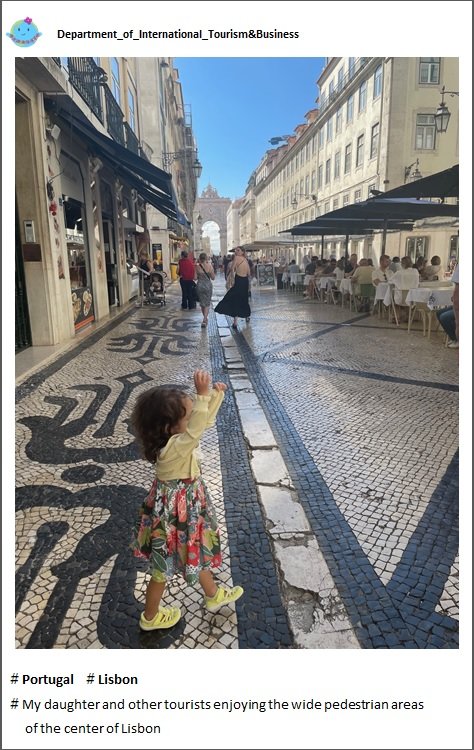
However, upon my return, I noticed that the lifestyle in Lisbon had undergone profound changes. The city center has been virtually overtaken by tourists, to the extent that local residents are a rarity. The area has been converted into a tourist enclave, replete with hotels, restaurants, and souvenir shops, largely avoiding places once familiar to locals.
At the same time, the city's housing market has been strained by foreign buyers and a tilt towards short-term rentals, pushing up the cost of living and driving the local, often younger, residents out. The term "overtourism" has come to encapsulate these challenges, highlighting that the tourism industry's success hinges on more than just offering quality hospitality. It requires a delicate balance to maintain local culture and lifestyles, integrate tourism into the broader economy, and ensure residents' quality of life.
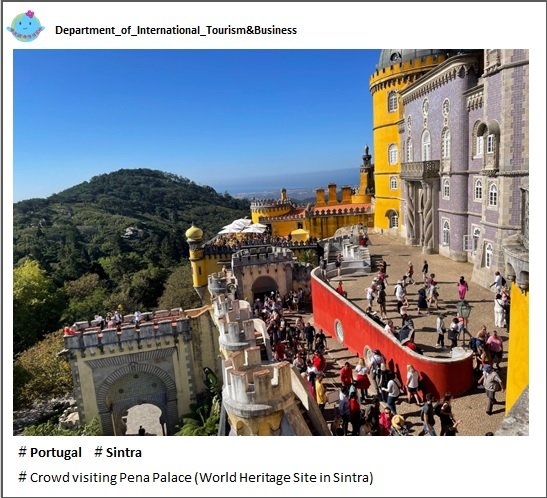
This concept of "overtourism" becomes tangible when visiting places like the Pena Palace in Sintra, a picturesque village nestled in the mountains near Lisbon. Here, the architecture and regal palaces draw innumerable visitors. Despite managing tourist inflow with timed entry slots, the experience is overshadowed by the volume of people, making it difficult to appreciate the palace's splendor and the traditionally tranquil Sintra ambiance.
The lesson is clear: the future of tourism must be mindful of its impact, ensuring that while it caters to visitors, it also preserves the integrity of local communities, their cultural assets, natural settings, and the essence of what makes places like Lisbon unique and liveable.
